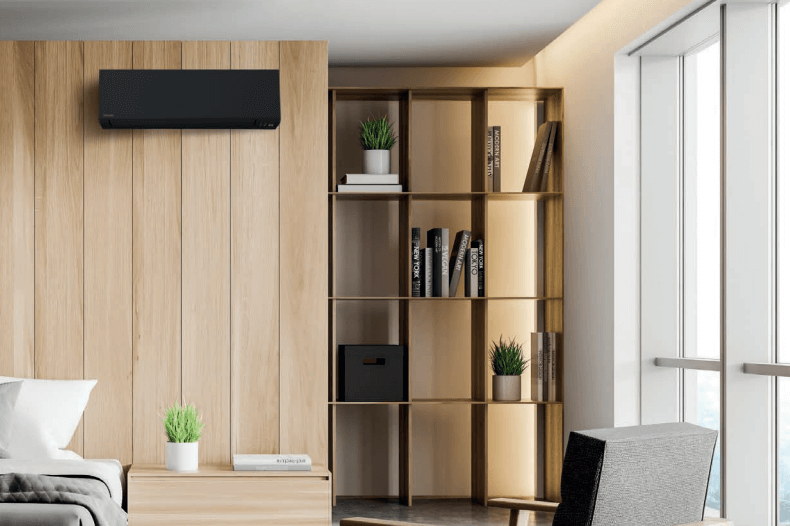Blog
How to choose a suitable climate

Step 1: REQUIRED PERFORMANCE
When selecting the right unit for your needs, the cooling or cooling demand is calculated in advance. heating capacity. Therefore, the size of the room as well as the intensity of the sunlight is first and foremost decisive. Since other factors such as geographical orientation, room use or additional heat sources also play a decisive role, we recommend that you contact a competent expert because only he or she can make an accurate and reliable calculation.
- Room size
- Solar radiation intensity
- Geographical orientation
- Use of the room
- Additional heat sources
The following benchmarks can be used as a starting point. Each m2 of surface area requires a cooling capacity of approximately 60 – 100 W.
Room size = Required cooling capacity
- < 20 m2 = 1.5kW
- 20 – 35 m2 = 2.5kW
- 35 – 50 m2 = 3.5kW
- 50 – 90 m2 = 6kW – 7kW
Step 2: SINGLE OR MULTI SPLIT?
The deciding factor for the choice between single and multi split is the number of rooms to be air conditioned, their size and layout in the house.
While single split systems consist of one indoor unit and one outdoor unit connected by copper wiring, multi split systems can connect up to several indoor units of your choice to a single outdoor unit.
The multi split system is suitable for zones with different climates and for multiple or large rooms. A big advantage is the small footprint required to accommodate the outdoor unit, as well as the ease of installation.
Step 3: Suitable indoor unit
In the indoor unit, the air from the room is drawn in, filtered and cooled or heated by means of a corresponding heat exchanger. Wall-mounted, sill-mounted, cassette and ducted units vary in performance, design and filter functions. They can be combined with each other in any way. In the case of a lowered ceiling, the cassette unit can be ideally integrated into the ceiling. If the air conditioning unit is to be almost invisible, the ducted unit can be installed above the lowered ceiling. Sill units or wall-mounted models are recommended for additional installations.
Step 4: Suitable outdoor unit
Excess heat from the interior is extracted and transported to the outdoor unit via the refrigerant. In the outdoor unit, the heat is transferred and the refrigerant flows back to the indoor unit. The result: the air cools. Which outdoor unit is right for you is determined primarily by the power required and also by the number of indoor units that will be connected to it.


